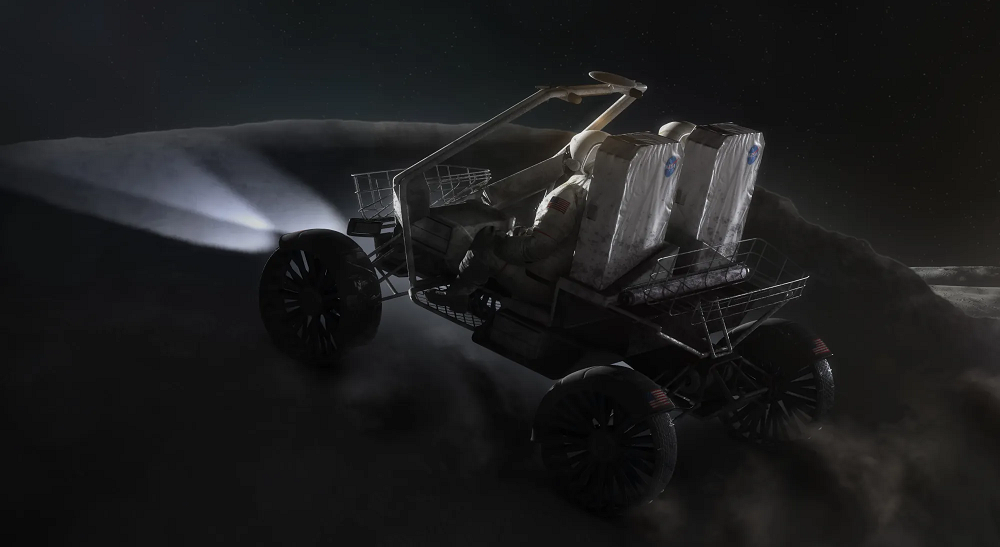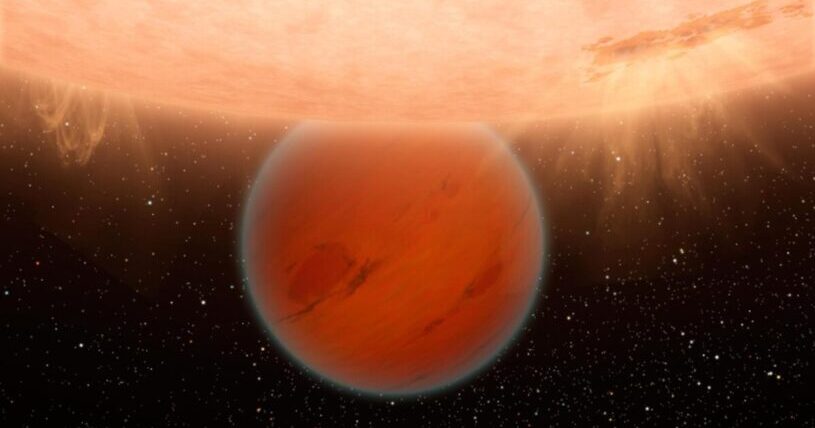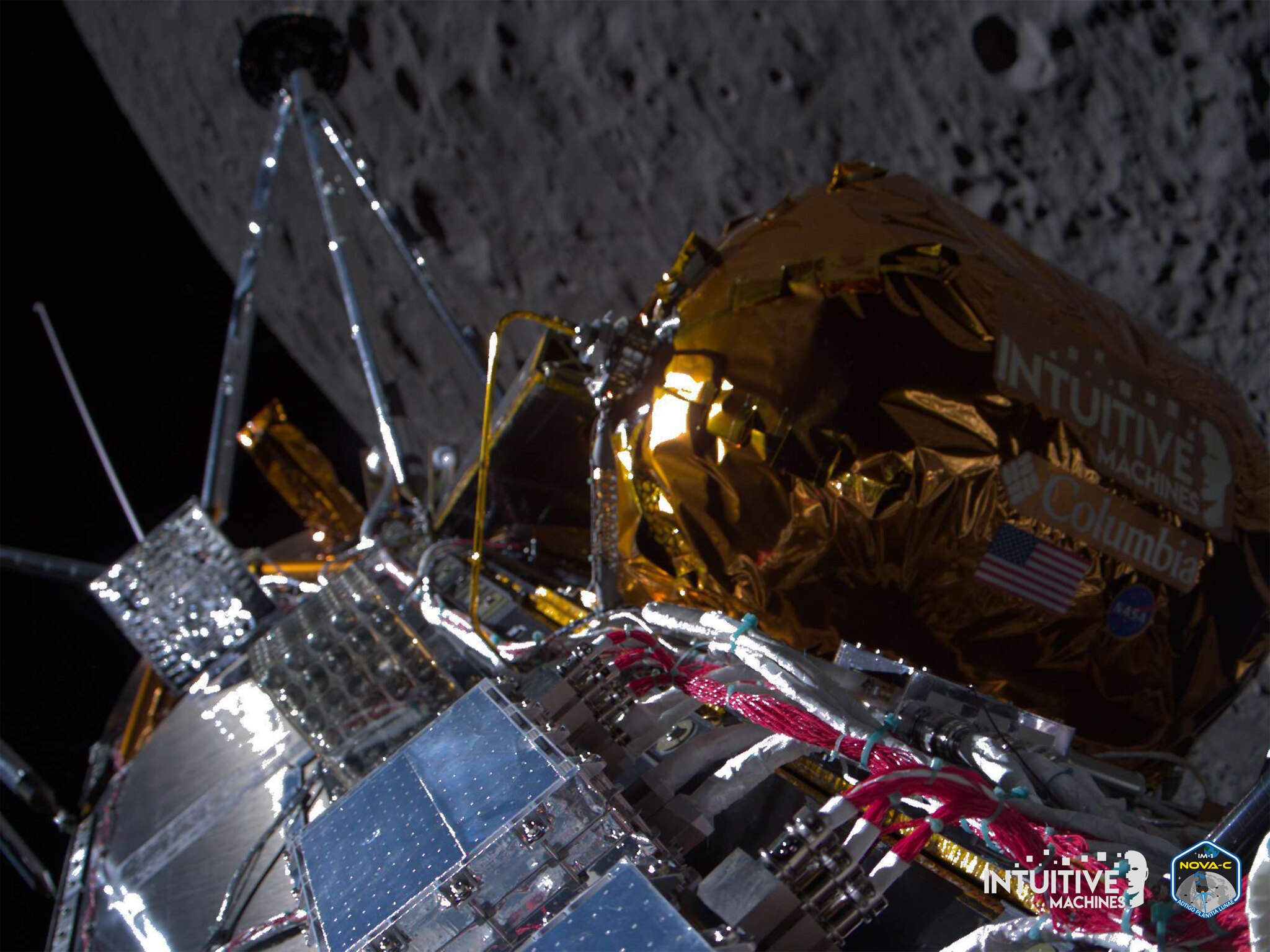European Space Agency Launches Scientific Mission Bound for Jupiter’s Icy Moons
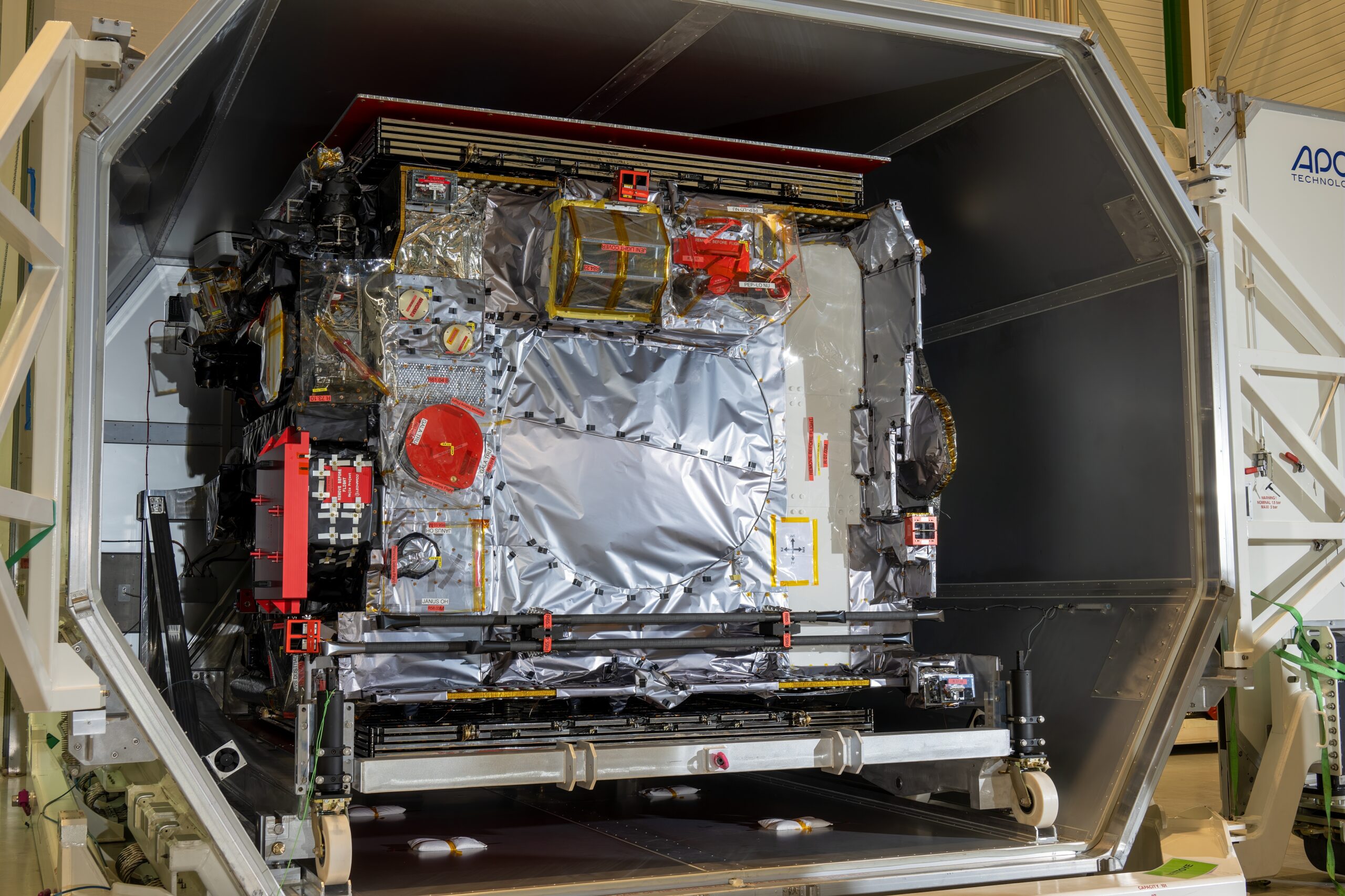 The Juice spacecraft packed for its journey from France to the Guiana Space Centre in South America to prepare for launch. Credit: ESA/M. Pédoussaut
The Juice spacecraft packed for its journey from France to the Guiana Space Centre in South America to prepare for launch. Credit: ESA/M. Pédoussaut  The European Space Agency’s Jupiter Icy Moons Explore (Juice) mission launched on April 14 on the penultimate Ariane 5 rocket, beginning the spacecraft’s long journey to the largest planet in our solar system to search for signs of life.
The European Space Agency’s Jupiter Icy Moons Explore (Juice) mission launched on April 14 on the penultimate Ariane 5 rocket, beginning the spacecraft’s long journey to the largest planet in our solar system to search for signs of life.
The Juice mission aims to explore three of the four Galilean moons that orbit Jupiter. Callisto, Europa, and Ganymede are all coated in a layer of ice that could be kilometers deep, and scientists believe that vast oceans capable of supporting life lie beneath their frozen crusts.
Of the three moons, Juice will primarily focus on Ganymede. It’s the largest of Jupiter’s satellites and the only moon in the Solar System known to generate its own magnetic field. Juice will also observe Jupiter in an effort to understand how gaseous planets across the universe interact with objects in their gravitational fields.
It will take a series of complicated maneuvers — and a lot of time — for the mission to reach its target. Juice will complete the first ever Earth-Moon flyby in August 2024, getting a gravity assist from both celestial bodies within a couple of days. A year later, the spacecraft will receive another assist from Venus, followed by two more Earth flybys in 2026 and 2029 to finally send it on its path to Jupiter.
Juice will orbit Jupiter in July 2031, but its journey is far from over once it reaches the planet. The spacecraft will complete a series of 35 flybys of Jupiter and its moons during its scientific mission. These maneuvers will transfer Juice from an orbit around Jupiter to its final orbit around Ganymede. Eventually, it will run out of fuel and lose altitude, impacting the moon in 2035.
The main body of the Juice spacecraft is a rough cube a couple of meters long, but its solar panels extend to a wingspan of 27 m. The solar array’s size is necessary to provide adequate power while orbiting Jupiter, which only receives a fraction of the solar irradiance that reaches Earth. Juice also has a 2.5 m High Gain Antenna to communicate with ground stations on Earth and transmit the large amounts of data that will be collected during the mission.
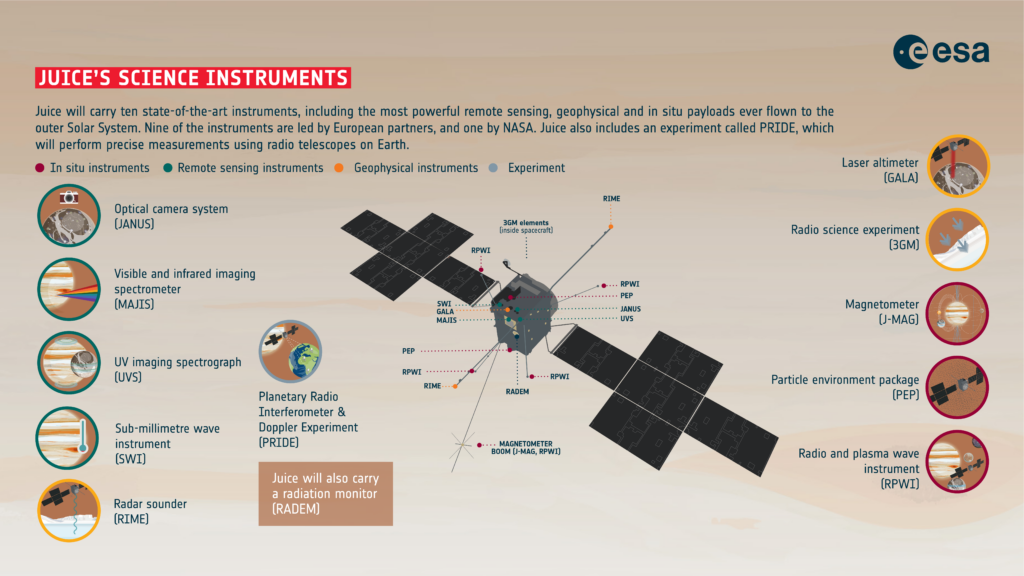
Juice houses 10 instruments, ranging from a radar sounder (RIME) capable of reaching nine kilometers below the surface of Jupiter’s icy moons to an optical camera (JANUS) that can take pictures of Ganymede with a resolution of 2.4 m. Some of the sensors like the magnetometer (J-MAG) will be deployed on long booms so they can collect data without interference from the spacecraft itself. Besides the UV imaging spectrograph (UVS), which was provided by NASA, all instruments on board are primarily European contributions.
The Juice mission was selected in 2012 as one of three large-class missions for ESA’s 2015-2025 Cosmic Vision planning cycle. Although it’s the first Jupiter mission launched since Juno in 2011, Juice won’t be alone in its investigation of Jupiter’s moons. NASA’s Europa Clipper mission — scheduled to launch in October 2024 and reach Jupiter in April 2030 — will also orbit the gas giant while conducting flybys of Europa to study the moon’s topography in depth.
— Zoe Hobbs, zhobbs@spacefoundation.org

